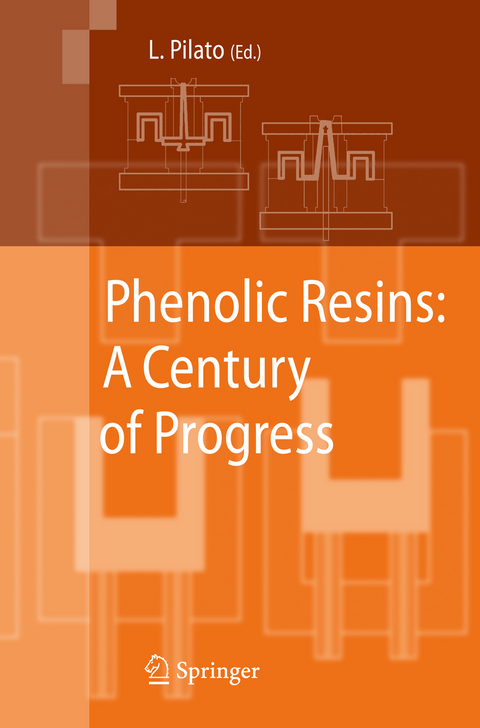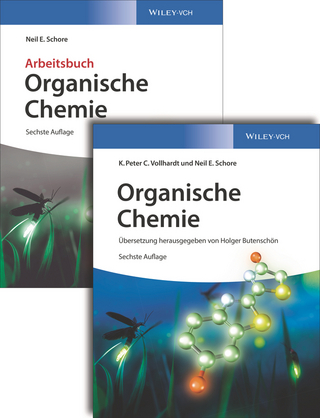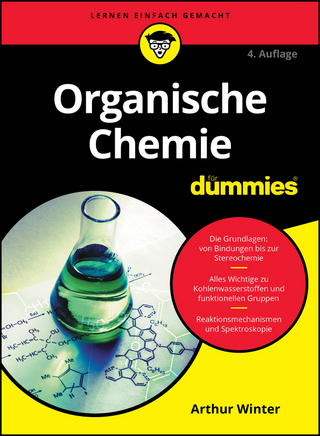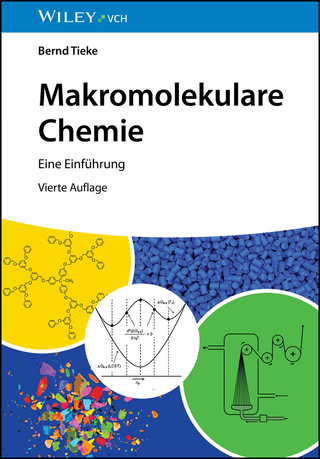
Phenolic Resins: A Century of Progress
Seiten
2014
Springer Berlin (Verlag)
978-3-642-42607-0 (ISBN)
Springer Berlin (Verlag)
978-3-642-42607-0 (ISBN)
Application areas are summarized and updated by global phenolic experts
Features a global perspective of phenolic resins through the participation of international (North America, Europe and Asia) phenolic experts that has been lacking in all previous books related to phenolic resins
The legacy of Leo Hendrik Baekeland and his development of phenol formal- hyde resins are recognized as the cornerstone of the Plastics Industry in the early twentieth century, and phenolic resins continue to ?ourish after a century of robust growth. On July 13, 1907, Baekeland ?led his "heat and pressure" patent related to the processing of phenol formaldehyde resins and identi?ed their unique utility in a plethora of applications. The year 2010 marks the Centennial Year of the prod- tion of phenolic resins by Leo Baekeland. In 1910, Baekeland formed Bakelite GmbH and launched the manufacture of phenolic resins in Erkner in May 1910. In October 1910, General Bakelite began producing resins in Perth Amboy, New Jersey. Lastly, Baekeland collaborated with Dr. Takamine to manufacture phenolic resins in Japan in 1911. These events were instrumental in establishing the Plastics Industry and in tracing the identity to the brilliance of Dr. Leo Baekeland. Phenolic resins remain as a versatile resin system featuring either a stable, thermoplastic novolak composition that cures with a latent source of formaldehyde (hexa) or a heat reactive and perishable resole composition that cures thermally or under acidic or special basic conditions. Phenolic resins are a very large volume resin system with a worldwide volume in excess of 5 million tons/year, and its growth is related to the gross national product (GNP) growth rate globally.
Features a global perspective of phenolic resins through the participation of international (North America, Europe and Asia) phenolic experts that has been lacking in all previous books related to phenolic resins
The legacy of Leo Hendrik Baekeland and his development of phenol formal- hyde resins are recognized as the cornerstone of the Plastics Industry in the early twentieth century, and phenolic resins continue to ?ourish after a century of robust growth. On July 13, 1907, Baekeland ?led his "heat and pressure" patent related to the processing of phenol formaldehyde resins and identi?ed their unique utility in a plethora of applications. The year 2010 marks the Centennial Year of the prod- tion of phenolic resins by Leo Baekeland. In 1910, Baekeland formed Bakelite GmbH and launched the manufacture of phenolic resins in Erkner in May 1910. In October 1910, General Bakelite began producing resins in Perth Amboy, New Jersey. Lastly, Baekeland collaborated with Dr. Takamine to manufacture phenolic resins in Japan in 1911. These events were instrumental in establishing the Plastics Industry and in tracing the identity to the brilliance of Dr. Leo Baekeland. Phenolic resins remain as a versatile resin system featuring either a stable, thermoplastic novolak composition that cures with a latent source of formaldehyde (hexa) or a heat reactive and perishable resole composition that cures thermally or under acidic or special basic conditions. Phenolic resins are a very large volume resin system with a worldwide volume in excess of 5 million tons/year, and its growth is related to the gross national product (GNP) growth rate globally.
Raw Materials.- Phenols.- Formaldehyde.- Resin Chemistry.- Analyses/Testing.- Production.- Resole Production.- Novolak Production.- Applications.- Wood Composite Adhesives.- Foam.- Mineral Wool Insulation Binders.- Laminates.- Composites.- Abrasives.- Friction.- Photoresists.- Phenolic Molding Compounds.- Alkyl Phenol Resins in Adhesive and Rubber Applications.- Foundry.- Phenolic Resin for Refractories.- Recycling.- Future Aspects.
| Erscheint lt. Verlag | 11.11.2014 |
|---|---|
| Zusatzinfo | XIII, 545 p. |
| Verlagsort | Berlin |
| Sprache | englisch |
| Maße | 155 x 235 mm |
| Gewicht | 848 g |
| Themenwelt | Naturwissenschaften ► Chemie ► Organische Chemie |
| Naturwissenschaften ► Physik / Astronomie ► Festkörperphysik | |
| Technik ► Maschinenbau | |
| Technik ► Umwelttechnik / Biotechnologie | |
| Schlagworte | Novolak • PED • Polymer • Resol • stem • Thermoset |
| ISBN-10 | 3-642-42607-7 / 3642426077 |
| ISBN-13 | 978-3-642-42607-0 / 9783642426070 |
| Zustand | Neuware |
| Informationen gemäß Produktsicherheitsverordnung (GPSR) | |
| Haben Sie eine Frage zum Produkt? |
Mehr entdecken
aus dem Bereich
aus dem Bereich


